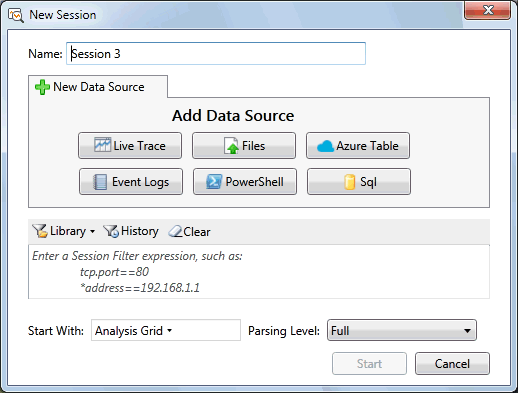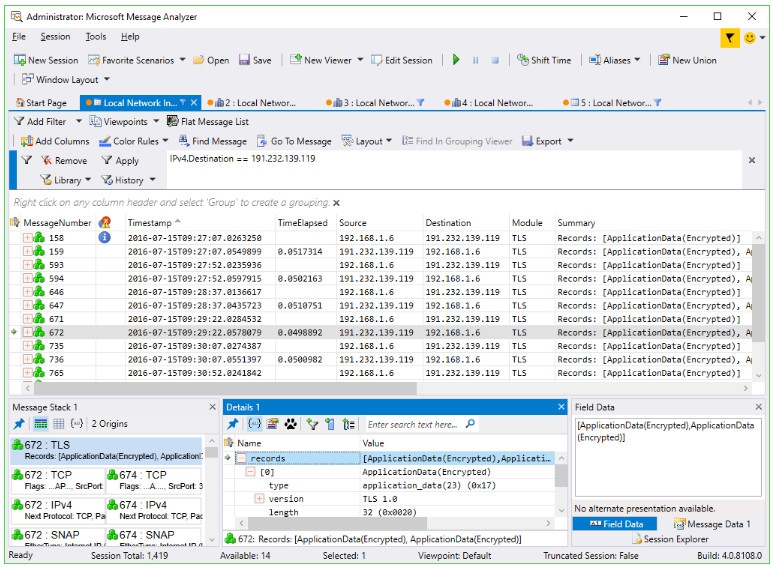

When you run the Message Analyzer for the first time, it prompts you for a workspace folder:Įxisting document structure name, or a new one to be copied from another schema:Įnter the name of a document structure (e.g., ADT_A01) that exists in the custom schema or the name of a document structure which exists in some other schema.

If you need to switch the workspace folder, load different messages or use a different schema/document structure, choose the Setup Workspace option from the main menu. The next time you run the Message Analyzer, it skips this initial setup and starts with the main menu. The first time you run the Message Analyzer, it prompts you for a workspace folder and information about the HL7 schema and document structure. When a prompt uses a syntax, pressing Enter uses the value as the answer to the prompt. If only one option in a menu applies, the menu is not be shown and the option is automatically selected for you. Entering ^ at any prompt goes back to the previous input or exits from the program, depending on the context. The Message Analyzer presents you with a series of prompts that lead you through the possible options.

For example, enter:ĭo #class().Interactive() This is the namespace where the custom schema will be stored. A custom schema is based on one of these library schemas.Ĭhange to the namespace that contains or will contain the HL7 interoperability productions that route your HL7 messages. In the Management Portal, a schema’s document structures are listed on the DocType Structure tab.Ĭollectively refers to the schemas, document structures, segments, data structures, and code tables that are defined in the Management Portal.Ī base schema, for example 2.7.1, that is available in the Management Portal. The Message Analyzer uses the following terminology: TermĪ HL7 message structure such as ADT_01. Validate messages against a given document structure, optionally updating the custom schema’s segments, data structures, and code tables to allow failing messages. Most commonly, the derived document structure contains Z segments found in the scanned messages. Scan HL7 messages and compare them to a given document structure, deriving a new document structure that matches the messages. The Message Analyzer is a command-line utility that allows you to:


 0 kommentar(er)
0 kommentar(er)
